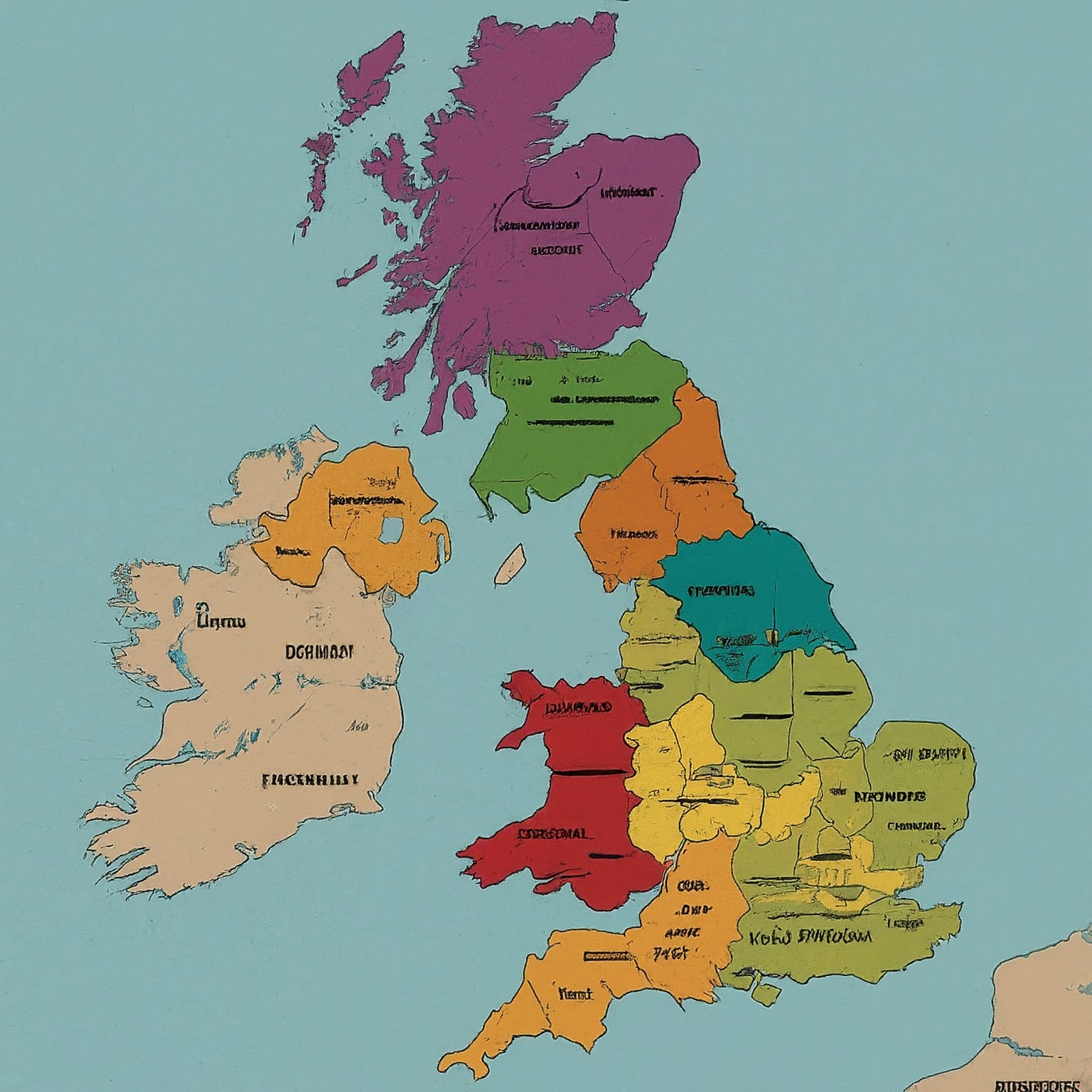The United Kingdom, a nation steeped in history and culture, is also home to a complex system of telephone numbering. Understanding British area codes is essential for anyone planning to communicate with someone in the UK or for businesses operating within the country. This article will delve into the intricacies of these codes, providing a comprehensive overview for both residents and visitors alike.

The Structure of British Phone Numbers
Before we dive into British area codes, it’s important to understand the general structure of a UK phone number. A standard UK phone number consists of eleven digits, formatted as follows:
- Area code: Typically, two to four digits long.
- Number: Seven digits long.
For example, a London number might look like this: 020 7123 4567.
Understanding British Area Codes
British area codes serve as a geographical identifier, indicating the general location of a phone number. While the system has evolved over time, it still provides valuable information about where a call is originating from.
The Origins of British Area Codes
The concept of area codes emerged in the UK in the mid-20th century as the telephone network expanded. Initially, the codes were based on geographical regions, with larger cities and towns receiving their own unique codes.
The Modern Area Code System
Today, the British area code system is more complex, reflecting changes in population distribution and technological advancements. While some codes still correspond to specific cities or regions, others cover larger areas.
Key Area Codes in the UK
To give you a better understanding of British area codes, let’s explore some of the most common ones:
- London: 020
- Divided into several sub-codes (e.g., 020 7, 020 8) to differentiate different boroughs.
- Manchester: 0161
- Birmingham: 0121
- Glasgow: 0141
- Edinburgh: 0131
It’s important to note that these are just a few examples, and there are numerous other area codes across the UK.
Challenges and Changes in the Area Code System
The British area code system has faced several challenges over the years. As the number of mobile phones increased, the demand for phone numbers grew exponentially. This led to the introduction of number portability, allowing users to retain their phone number when switching providers.
Additionally, the development of new communication technologies, such as VoIP (Voice over Internet Protocol), has blurred the lines between traditional landlines and mobile phones. This has impacted the way British area codes are used and perceived.
Tips for Using British Area Codes
To ensure smooth communication with people in the UK, keep these tips in mind:
- Double-check the area code: Always verify the area code before making a call to avoid unexpected charges.
- Be aware of mobile number portability: Remember that mobile numbers can be ported between different networks, so the area code might not accurately reflect the user’s current location.
- Use online tools: There are various online resources available that can help you look up area codes and even provide information about specific locations.
The Future of British Area Codes
As technology continues to evolve, the future of British area codes remains uncertain. Some experts predict that the traditional area code system may eventually be phased out in favor of a more flexible numbering scheme. However, for the foreseeable future, understanding area codes will remain essential for effective communication within the UK.
Conclusion
British area codes are a fundamental part of the UK’s telecommunication infrastructure. While the system has undergone changes over the years, it still plays a crucial role in connecting people across the country. By understanding the basics of area codes, you can improve your communication experience within the UK.